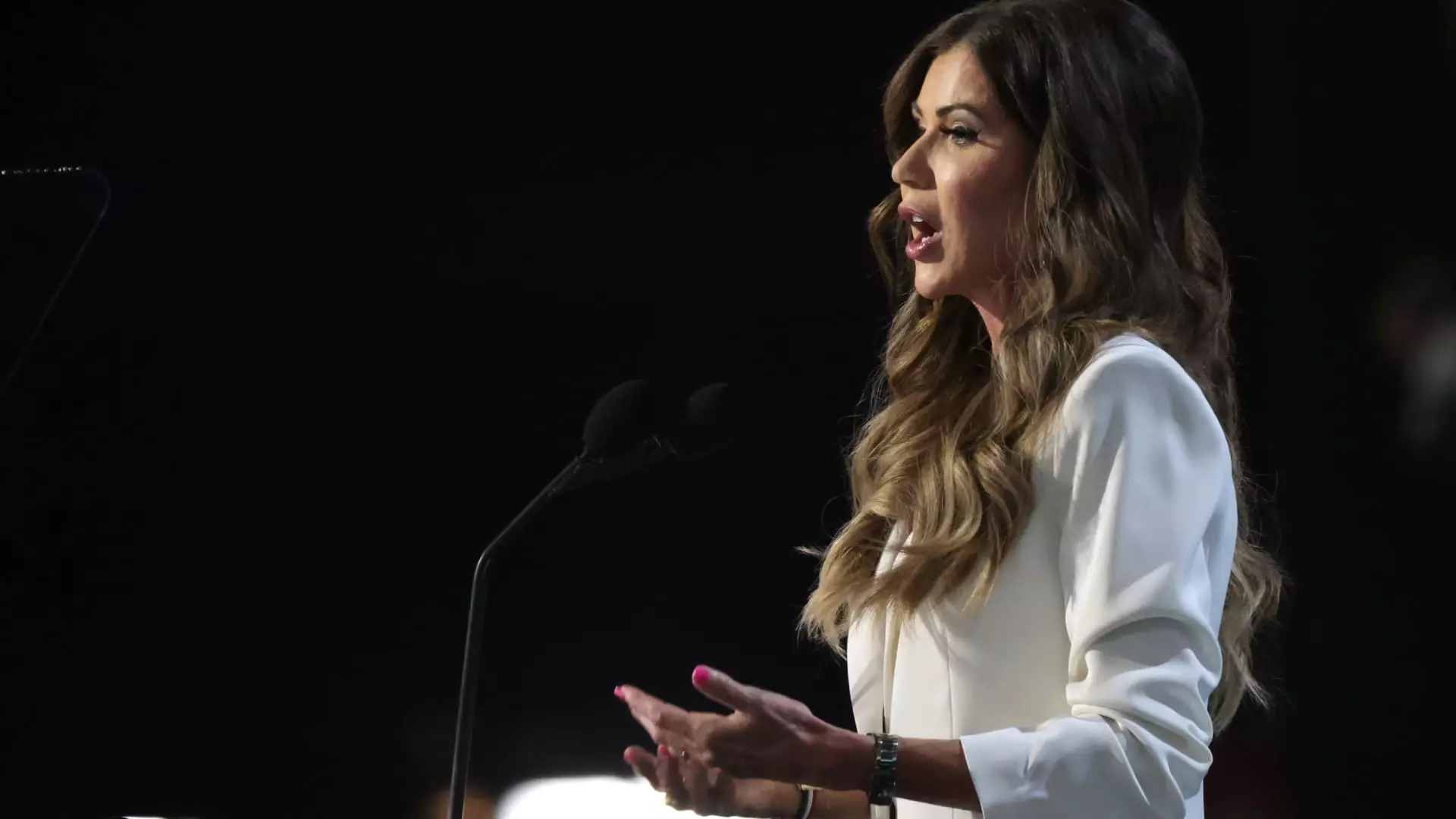The implementation of energy rebates across various states signifies a push toward enhancing energy efficiency in homes and reducing greenhouse gas emissions. Initiated by New York in May 2023, this movement aligns with the objectives set forth in the Inflation Reduction Act (IRA), which established vital funding allocations aimed at fostering environmentally friendly practices through financial incentives. However, the reactions among states reveal a patchwork of participation, commitment, and skepticism that shapes the future of these rebate programs.
In 2022, the Inflation Reduction Act earmarked $8.8 billion for consumer rebates designed to incentivize home energy efficiency improvements. Two principal programs were created to provide financial assistance: **Home Efficiency Rebates**, allowing consumers up to $8,000, and **Home Electrification and Appliance Rebates**, offering rebates that could total up to $14,000. With such significant funding available, one would expect widespread adoption. However, not all states are on board, as evidenced by South Dakota’s decision to reject these funds in August 2023.
According to Jim Terwilliger of the South Dakota Bureau of Finance and Management, state officials believe that facilitating such federal programs may not align with the interests and operational capacities of their state. Statements from officials have pointed to a broader skepticism regarding the implications of federal involvement in state energy policies, emphasizing that they feel empowered to regulate their approach independently.
Following New York’s lead, states including Arizona, Maine, New Mexico, Rhode Island, and Wisconsin have launched their rebate programs, signaling a growing acceptance of the financial support offered through the IRA. The diversity of state responses raises questions regarding the motivations driving these decisions, with varying degrees of political alignment affecting how officials perceive and implement energy efficiency programs.
For example, the shift seen in Florida is particularly telling; initially, Governor Ron DeSantis vetoed a measure to spend federal funds for rebate programs. Yet, the state is now gearing up for a soft launch in late 2024. This change could suggest that the potential benefits of these rebates are beginning to outweigh earlier concerns about federal dependency.
Conversely, the outright rejection from South Dakota stands as an exception that underscores the regional differences and varying priorities among state governments. It also evokes a broader national conversation about the role of states in climate initiatives and their willingness to embrace federal programs perceived as burdensome.
The design of these rebate programs is markedly complex, with each state setting its own eligibility criteria that may include income thresholds and energy performance metrics. Such diversification means that while some consumers may stand to benefit significantly, others—particularly in states less inclined to administer the rebates—may find themselves with limited options. For many states that have opted to implement a program, the exact timetable for rollout remains uncertain, as officials navigate the administrative hurdles associated with these federally funded initiatives.
Rebates are not just about energy savings; they can also be gateways to substantively lower utility bills, which is a compelling proposition for homeowners. However, the efficacy of outreach and education on these available programs is crucial. Many potential beneficiaries remain oblivious to their eligibility, suggesting that robust communication strategies need to accompany the programs’ launch to maximize their impact.
As states continue to navigate their responses to the IRA funding, the direction of these home energy rebate programs may serve as a precursor for future environmental policies. The ongoing dialogues, from South Dakota’s refusal to Florida’s policy reversal, illustrate the multifaceted considerations state leaders grapple with.
The need for local solutions tailored to specific demographic and geographic challenges centers the conversation around the viability of federal funding. As Kara Saul-Rinaldi, president and CEO of AnnDyl Policy Group, points out, “Every state is approaching its program differently, for many reasons.” This hints at the necessity of ensuring these approaches are not just unique but also capable of evolving based on results and stakeholder feedback.
The landscape of home energy rebates embodies both opportunities for consumer savings and the complexities tied to state-level decision-making. As various states implement varying strategies, close attention must be paid not only to the immediate impacts on energy efficiency but also to the long-term visions for sustainability in energy consumption. Only through sustained commitment and engagement can this initiative lead to a meaningful reduction in carbon emissions and utility costs for homeowners across the nation.

